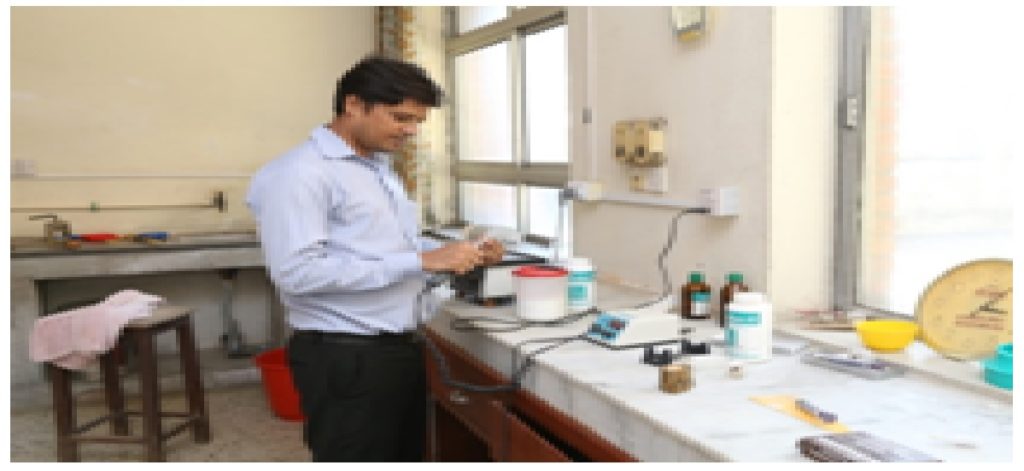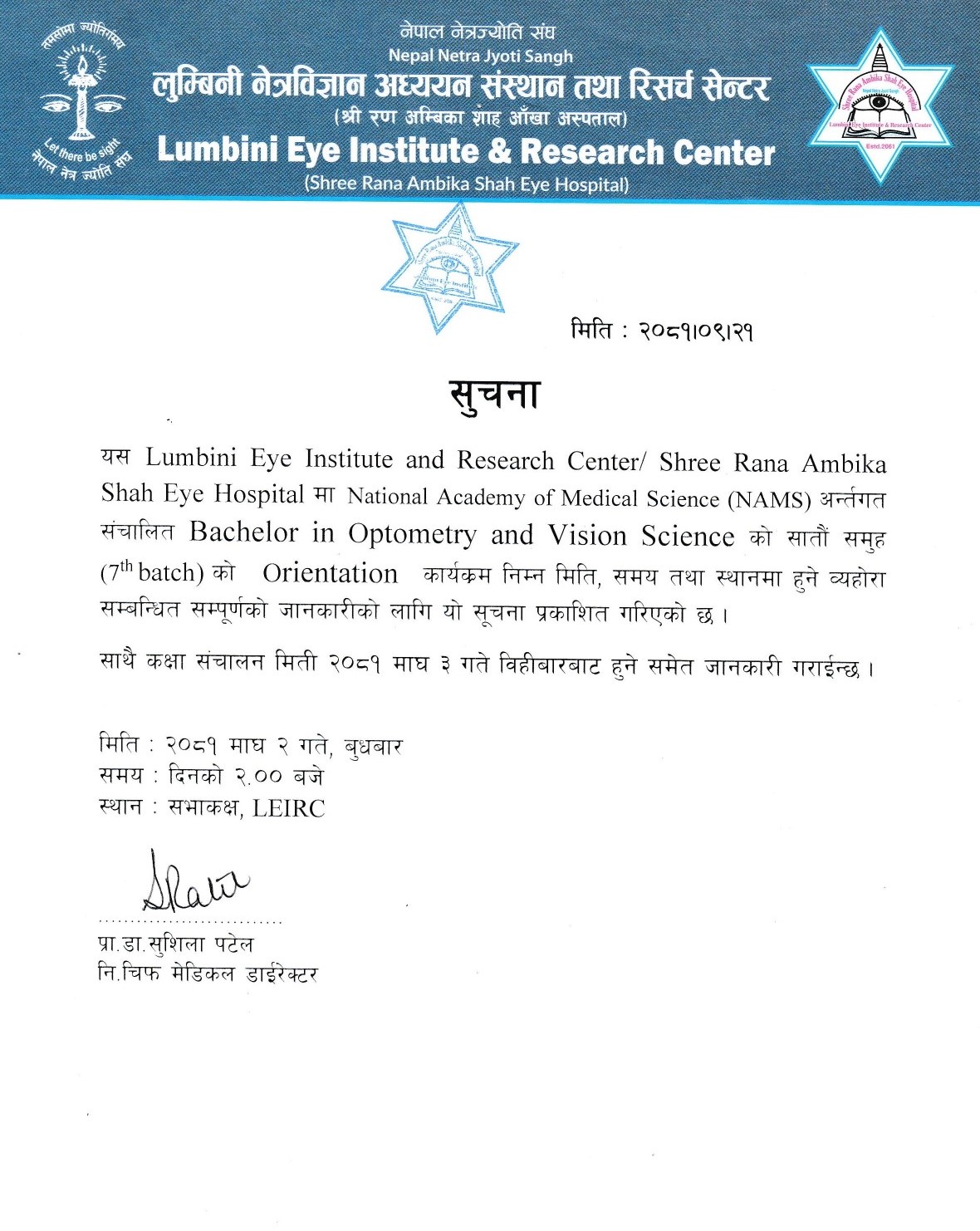Orbit, Oculoplasty and Ocular Oncology, a distinct subspecialty handles anomaly of orbit (eye socket), eyelids, tear ducts, and the face. It also deals with the reconstruction of the eye and associated structures. We receive a number of referrals of common and rare lid and orbital tumors, orbital inflammations and infections which are managed both conservatively and surgically. We frequently deal with watery eyes due to obstruction in tear drainage system both in children and adults.
A number of patients are seen daily with a variety of eyelid disorders including malpositions like droopy eyelids, in turning or out turning of eyelid, benign and malignant eyelid tumors, facial dystonias etc. We also deals with a number of cosmetic eyelid surgeries like blepharoplasty, brow lift and injection of botulinum toxin (Botox) for facial dystonias and cosmetic indications are performed. We are aiming to build chemotherapy unit for the common ocular cancers like retinoblastoma, lymphoma, melanoma etc. in collaboration with oncologist.



Ocular Prosthetic
1. Watering:Surgical services available at the oculoplastic unit
Any disorder (congenital or acquired) affecting the lacrimal system leads to impaired tear flow with resultant watering, infection (dacryocystitis) and sometimes even orbital infection. Surgical procedures: Congenital (probing and syringing)
Acquired: Dacryocystorhinostomy (creates an alternative pathway for irreversible tear duct obstruction) Done either externally, endonasal or endolaser route. These procedures are covered by health insurance.
2. Eyelid Disorders:
I. Reconstructive surgery for eyelid deformities (birth defect, injury or removal of tumor)
II. Drooping of upper eyelid (ptosis): cause can be congenital or acquired.
Surgery can correct this problem. Surgical options depend on the type and severity of droop.
III. Eyelid malposition: Inturning of eyelid (entropion) and out turning of eyelid (ectropion) are surgically corrected.
IV. Congenital lid anomalies including lid coloboma, blepharophimosis, epiblepharon, euryblepharon are also surgically corrected.
V. Lagophthalmos are corrected either by gold weight or surgically.
3. Orbit and Ocular Oncology:
A number of patient with orbital pathology are seen in the clinic. Thyroid related orbitopathy are treated in collaboration with the general physician and endocrinologist.
Orbitotomy with or without mass incision and excision biopsies are done. Intraocular malignancies: Enucleation with orbital implant is done. Orbital malignancies or extraocular extension of intraocular malignancies: Exenteration done.
Painful Blind eye: Eviseration with orbital implant done. Surgical or congenital Anophthalmos: Socket reconstruction done any procedure according to need.
4. There may be injury to eyelid, eyeball and surrounding bones depending on the mechanism and force of injury.
Any injury to eyelid is repaired meticulously (in layers) trying to preserve normal shape and function.
Canalicular injury can be repaired by placement of silicone tubes within them to keep them open while the injured eyelid heals.
Sometimes injury cannot be repaired the single setting and the patient need to undergo multiple surgeries.
Botulimum toxin injections are given for therapeutic purpose. These are used for facial spasm conditions in which these muscles function abnormally and are no longer under the direct control of the brain
OUR DOCTORS
Associate Professor Dr. Binita Bhattarai
Cataract/Orbit & Oculoplastic Surgeon
Assistant Professor Dr. Laxmi Devi Manandhar
Orbit and Oculoplastic Surgeon
Dr.Ramita Kharel
Orbit and Oculoplastic Surgeon

